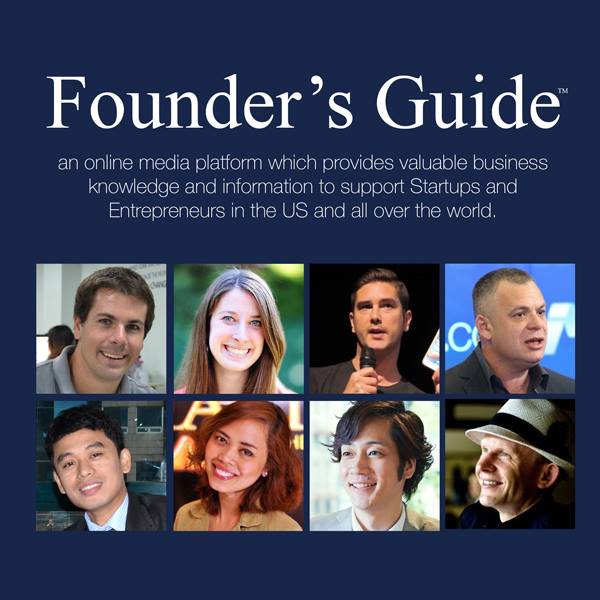The traditional model of career advancement—steady promotions within a single company or profession—is increasingly the exception rather than the rule. Job markets have become more fluid, and economic disruptions have shortened the shelf life of skills that were once considered long-term assets. Many professionals are now redefining their careers multiple times, shifting industries or roles as their goals evolve or as demand changes around them.
Technical and analytical skills are now among the most portable assets a professional can develop. As Ryan McCorvie, a quantitative analyst with experience at Goldman Sachs and Caltech, explains: “Basic quantitative skills will be in increasingly high demand in the coming years. Acquiring or improving those skills now could pay dividends for your career in the near future.” In a recent article, McCorvie outlines several math-oriented capabilities—such as linear algebra, statistics and spreadsheet fluency—that can open doors across industries, especially for those making a transition.

“One of the biggest drivers of this shift is technology,” says McCorvie. “Automation, AI, machine learning, and digital platforms have transformed how work gets done, especially in fields like logistics, marketing, healthcare, and finance.” As a result, entire job categories have either disappeared or changed significantly in scope. Employees are no longer just asked to do more with less—they’re being asked to do different work altogether. A ten-year plan feels out of place when the tools you use today might be obsolete within three.
Another major influence is the rise of flexible and project-based work. The gig economy popularized the idea of assembling a career from short-term roles, but even salaried professionals are now building portfolios of varied experiences. This has led to a broader acceptance of resume “zigzags”—job changes that used to raise eyebrows are now seen as signs of adaptability and range. Employers are often more interested in what you can do than where you’ve been.
Embracing the Pivot: Turning Change into Opportunity
Switching careers no longer carries the stigma it once did—it’s a strategic response to changing priorities and uncertain market conditions. Many professionals see this shift as a deliberate evolution rather than a sign of failure. Instead of climbing a single ladder, career paths increasingly resemble branching trees, giving people room to apply their strengths in new directions.
And this shift isn’t theoretical. According to PwC’s Global Workforce Hopes and Fears Survey, a significant percentage of workers say they’re considering changing jobs within the next year, a clear sign that career mobility is becoming the norm rather than the exception. That level of movement suggests people aren’t just reacting to dissatisfaction—they’re actively exploring better alignment between their skills, values, and work environments.
Even when the change is subtle—like moving from sales into customer success—it still requires intention. Identifying which of your skills transfer, which need refining, and how to explain that transition to employers makes all the difference. Hiring managers don’t expect perfection. They look for relevance, motivation, and the ability to adapt.
Treating a pivot as progress helps you maintain momentum. It signals to future employers that you take ownership of your trajectory and that you’re building a career designed to flex with change. In a world where roles and industries shift constantly, the ability to recalibrate—on your own terms—is often what keeps professionals moving forward.
Build Transferable Skills to Stay Competitive
When job paths aren’t a straight line, the value of transferable skills increases. These are the capabilities that move with you, no matter the role or industry. Think communication, problem-solving, time management, and collaboration. While technical expertise may get you in the door for certain jobs, it’s these core skills that help you shift between them and build long-term resilience.
For example, someone who has led a team in retail can apply that experience to managing vendor relationships in a supply chain role. A nonprofit fundraiser’s persuasive writing skills can be a strong foundation for marketing. The ability to navigate conflict, think critically, or present ideas clearly doesn’t belong to any one profession. The more you recognize where these skills show up in your experience, the more options you’ll have.
Yet transferable skills don’t always announce themselves. Part of staying competitive is learning how to frame your experience through the lens of adaptability. That might mean rewriting your resume to emphasize skills over job titles or preparing interview examples that demonstrate how you’ve handled unfamiliar challenges. Employers need to see not just what you’ve done, but how you’ve solved problems in unfamiliar settings.
It also helps to regularly self-audit your strengths. Ask what tasks energize you, what tools you’ve learned on your own, or where others tend to seek your help. Those observations can point to transferable value that’s not immediately obvious from your job title. Making that visible—on your resume, LinkedIn profile, or during interviews—helps employers connect the dots faster and see you as a solution, not a stretch.
Upskill Strategically—Especially in Technical and Analytical Areas
Learning new skills is no longer just a way to get ahead—it’s a baseline for staying relevant. While soft skills remain valuable, technical and analytical abilities are increasingly essential across industries. From HR to finance to logistics, more roles now require the ability to analyze data, understand basic tools for automation, or make decisions based on dashboards and metrics.
What makes technical upskilling so effective is how widely applicable it is. A basic command of spreadsheet functions allows professionals to organize information, detect patterns, and communicate findings clearly. Learning to create visual dashboards or automate workflows can improve your efficiency and raise your visibility with leadership—even if your job title doesn’t explicitly call for technical work.
Upskilling also provides leverage in career transitions. When moving into a new field, demonstrable skill in a relevant tool—whether it’s Excel, SQL, Python, or a CRM platform—can make up for limited experience. It shows initiative and makes it easier for employers to envision your contribution.
Still, there’s a gap between the need for digital competency and current skill levels. Over 92% of jobs now require some level of digital skill, but roughly one-third of workers lack basic digital literacy. That gap represents not just a workforce challenge, but a personal opportunity. For professionals willing to invest in learning—even at a basic level—the payoff is not only increased competitiveness, but longer-term career security.
Design a Career with Agility in Mind
If careers are no longer linear, then the way we plan them has to change too. One way to approach this is by adopting a portfolio mindset: treat your work experience like a collection of projects that reflect your range, not a step-by-step path up a ladder. This encourages flexibility and curiosity, two qualities that are more valuable now than rigid adherence to a single trajectory.
Regular check-ins with yourself can help you stay agile. Set aside time every few months to assess your current role: Are you learning? Do your responsibilities still align with your goals? Are there skills you want to develop that your job isn’t supporting? These reflections don’t need to trigger immediate change, but they help you stay active in managing your direction instead of drifting passively.
Another way to build agility is by experimenting with low-risk exposure to new skills or fields. That could mean volunteering on a cross-functional team, taking on a side project, or joining a professional group outside your current industry. These small moves create optionality—giving you insight into different types of work before committing to a big shift.
It’s also worth paying attention to hybrid roles that combine elements from different fields. For instance, product marketing blends technical fluency with storytelling. RevOps combines sales, data, and process design. These roles often emerge faster than job boards can categorize them, which means being adaptable puts you ahead of the curve. The more you build a flexible base of experience, the better you’ll handle whatever career turns come next.
Takeaways
- Careers aren’t straight paths anymore – People switch jobs and industries more often as things change.
- Tech and math skills matter – Learning skills like Excel, stats, or coding can help you find better job opportunities.
- Being flexible is key – Jobs change fast, so it’s important to adapt and try new roles.
- Soft skills go a long way – Communication, teamwork, and problem-solving help in any job.
- Keep learning – Upskilling keeps you relevant and ready for new career chances.











